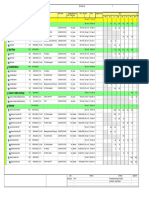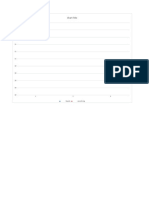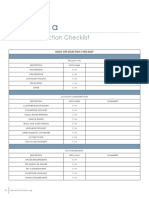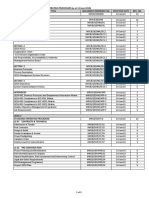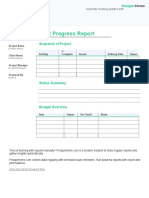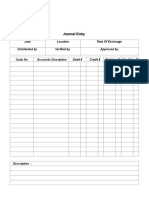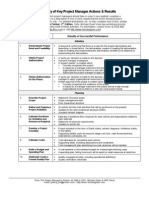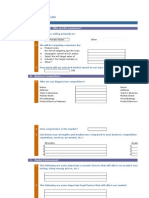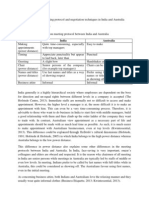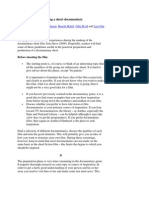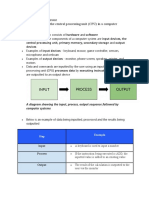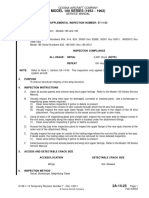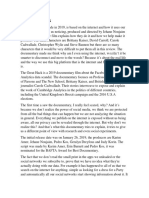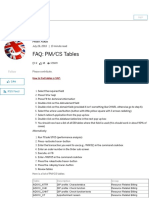0% found this document useful (0 votes)
221 views12 pagesRetail Dashboard for KPI Analysis
This dashboard will provide a retail shop supervisor with key performance indicators and visualizations to analyze the shop's performance. It will source data from sales, inventory, and employee records to show visualizations like bar graphs of sales by product category over time, heat maps of sales by location, and more. These interactive visualizations will give insights to identify areas for improvement and make informed decisions to enhance the overall performance of the shop.
Uploaded by
Samuel GitongaCopyright
© © All Rights Reserved
We take content rights seriously. If you suspect this is your content, claim it here.
Available Formats
Download as DOCX, PDF, TXT or read online on Scribd
0% found this document useful (0 votes)
221 views12 pagesRetail Dashboard for KPI Analysis
This dashboard will provide a retail shop supervisor with key performance indicators and visualizations to analyze the shop's performance. It will source data from sales, inventory, and employee records to show visualizations like bar graphs of sales by product category over time, heat maps of sales by location, and more. These interactive visualizations will give insights to identify areas for improvement and make informed decisions to enhance the overall performance of the shop.
Uploaded by
Samuel GitongaCopyright
© © All Rights Reserved
We take content rights seriously. If you suspect this is your content, claim it here.
Available Formats
Download as DOCX, PDF, TXT or read online on Scribd
/ 12





